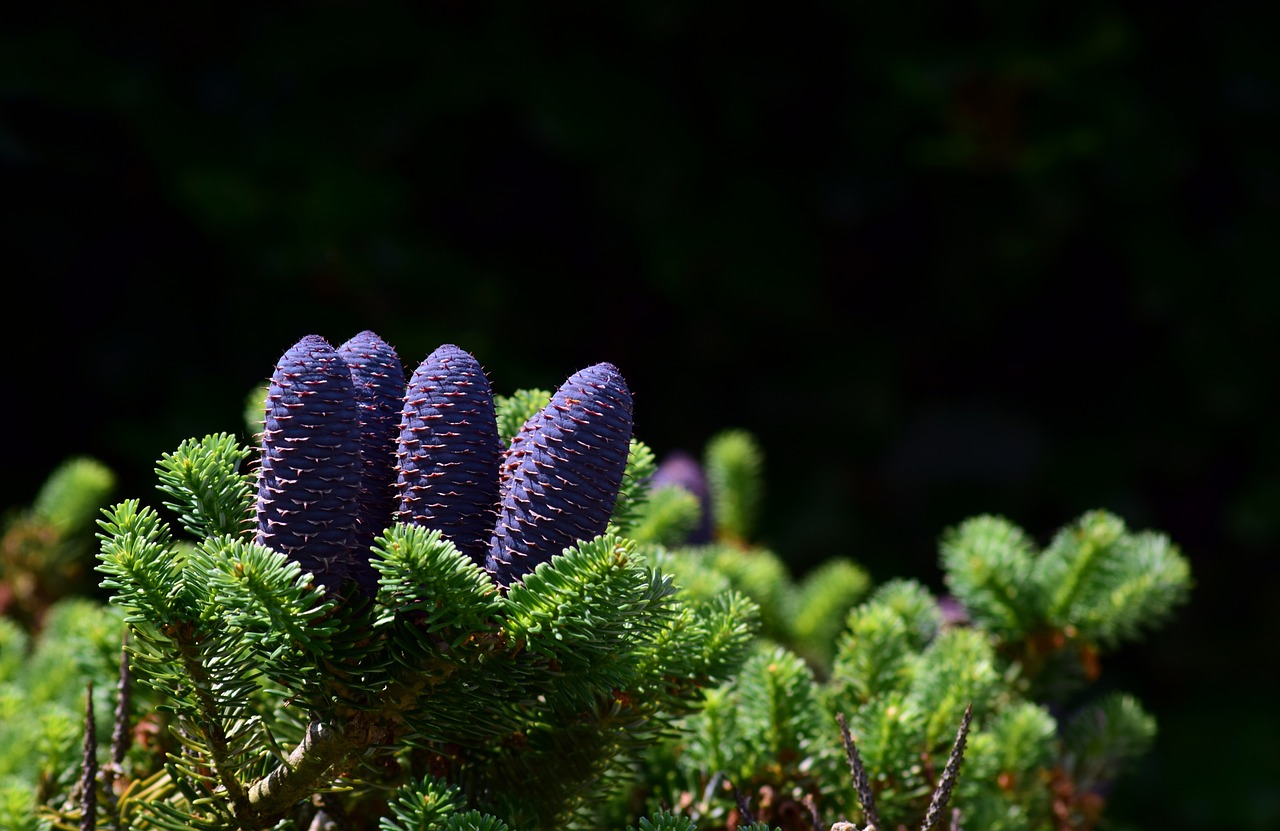
- Introduction to Spruce Trees
- Benefits of Planting Spruce Trees
- Choosing the Right Location for Planting
- Preparing the Soil for Spruce Trees
- Planting Spruce Trees
- Watering and Mulching
- Pruning and Maintenance
- Common Problems and Solutions
- Conclusion
- FAQs
Spruce and Planting: A Guide to Growing Spruce Trees
Spruce trees are coniferous evergreen trees known for their beauty and resilience. Whether you’re looking to add greenery to your yard or create a windbreak, planting spruce trees can be a rewarding experience. In this article, we’ll explore the benefits of planting spruce trees and provide a detailed guide to growing healthy spruce trees in your garden.
Introduction to Spruce Trees
Spruce trees, belonging to the genus Picea, are native to the Northern Hemisphere. They are characterized by their conical shape and needle-like leaves. Spruce trees are prized for their ornamental value and are commonly used in landscaping and Christmas tree production.
Benefits of Planting Spruce Trees
There are numerous benefits to planting spruce trees in your garden. They provide shade, reduce noise pollution, and improve air quality. Additionally, spruce trees are drought-resistant and low-maintenance, making them ideal for busy homeowners.
Choosing the Right Location for Planting
When selecting a location for planting spruce trees, consider their size and growth habits. Spruce trees thrive in full sun but can tolerate partial shade. They prefer well-drained soil that is slightly acidic.
Preparing the Soil for Spruce Trees
Before planting spruce trees, prepare the soil by removing weeds and grass and loosening it to improve drainage. Adding organic matter, such as compost or peat moss, can also enhance soil quality.
Planting Spruce Trees
To plant spruce trees, dig a hole twice as wide and just as deep as the root ball. Place the tree in the hole and backfill with soil, gently tamping it down. Water the tree thoroughly after planting.
Watering and Mulching
After planting, water spruce trees regularly, especially during dry spells. Mulching around the base of the tree helps retain moisture and suppress weeds.
Pruning and Maintenance
Spruce trees require minimal pruning but remove any dead or diseased branches to maintain their health. Regular inspection for pests and diseases can also help prevent issues.
Common Problems and Solutions
Spruce trees are susceptible to aphids, spider mites, and needle cast. These can be controlled with insecticidal soap or fungicides. Proper watering and mulching can also help prevent these problems.
Conclusion
In conclusion, planting spruce trees can enhance the beauty and value of your garden. By following the tips in this article, you can grow healthy and vibrant spruce trees that will provide enjoyment for years to come.
FAQs
- How quickly do spruce trees grow? Spruce trees typically grow at a moderate rate, averaging around 12 to 24 inches of growth per year, depending on the species and growing conditions.
- How much water do spruce trees need? Spruce trees require regular watering, especially during their first few years of growth. They prefer moist, well-drained soil and should be watered deeply to encourage deep root growth.
- Can spruce trees be grown in pots? Yes, spruce trees can be grown in pots, but they require a large container with good drainage. Use a well-draining potting mix and ensure the tree receives adequate sunlight and water.
- How can I protect spruce trees from deer? To protect spruce trees from deer, consider installing a fence around your property or using deer repellents. You can also plant deer-resistant plants around your spruce trees to deter them.
- When is the best time to plant spruce trees? The best time to plant spruce trees is in the early spring or late fall when the weather is cool and the tree is dormant. This allows the tree to establish its roots before the hot summer months.